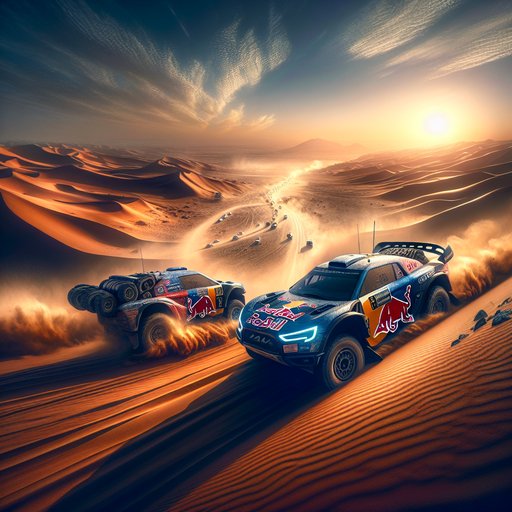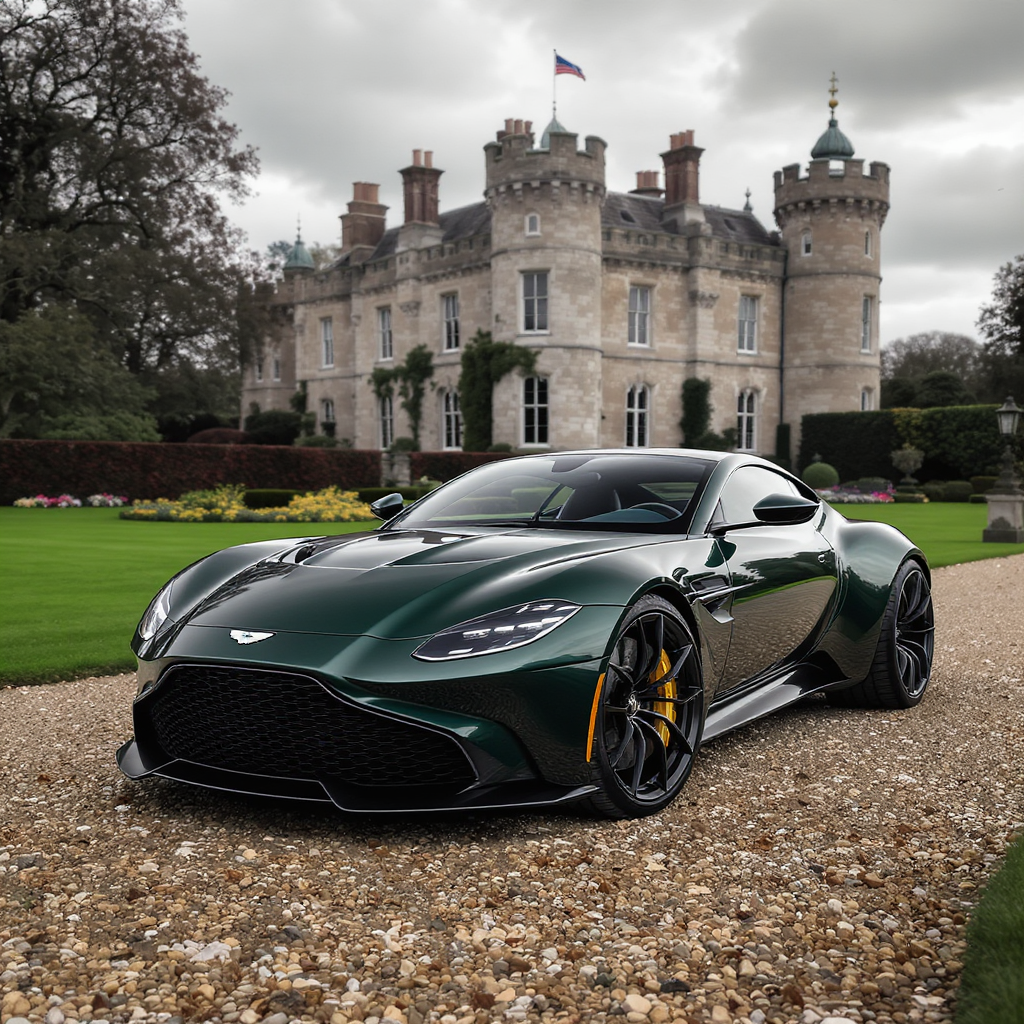
The Dakar Rally’s truck class delivered a compelling one-two punch across its last two editions, with Czech driver Martin Macík Jr. sealing his first overall victory in January 2024 and Team De Rooy’s Janus van Kasteren having taken the crown in 2023. The big rigs battled across Saudi Arabia’s dunes and rocky plateaus, where stage management, navigation discipline, and tire strategy outweighed outright pace. With Kamaz absent, Iveco Powerstars and Czech-built Tatras and Pragas drove the narrative, while evolving regulations kept competition tight and safety systems prominent.
In January 2024, Martin Macík Jr. and his MM Technology-run Iveco Powerstar clinched the overall truck title at the finish in Yanbu, converting multiple stage victories into a wire-to-wire campaign built on clean navigation. Ales Loprais returned to podium contention in the Praga V4S DKR after his 2023 withdrawal, while Dutch youngster Mitchel van den Brink and Team De Rooy’s Iveco entries remained constant stage threats. Tatra Buggyra’s independent-suspension trucks shone on broken tracks, forcing rivals to balance speed against puncture risk.
The cumulative time gaps grew around the Empty Quarter, where sand consistency and fuel planning proved decisive. The 2024 route’s 48-hour Chrono stage reshaped tactics, stranding crews at minimalist bivouacs without full service and amplifying the cost of any late-day mistake. Macík’s crew protected tires and driveline parts across long dune chains, avoiding penalties that trapped some rivals. Speed caps, neutralized zones, and the Sentinel overtaking alert system helped keep traffic safer as trucks threaded past cars and SSVs.
Digital roadbooks and strict speeding enforcement compressed margins, rewarding teams with calm, repeatable procedures over gamblers’ sprints. The 2023 edition set the tone for this cycle: Janus van Kasteren delivered Team De Rooy Iveco a landmark win as the post-Kamaz landscape reset the pecking order. Mitchel van den Brink became a regular stage winner, underscoring De Rooy’s depth, while navigation traps on rocky specials pruned contenders. Ales Loprais exited mid-rally after a spectator incident, and the reshuffled field emphasized reliability as much as raw speed.
Those lessons fed directly into 2024, where crews doubled down on air-pressure management and careful dune approaches to avoid nose dives and stucks. Technically, the category showcased contrasting philosophies: ladder-frame Ivecos with hefty torque and Allison autos versus Tatra’s backbone chassis and independent swing half-axles adept at rough chop. Teams leaned on centralized tire inflation systems to tune footprint on the fly, a crucial edge during long dune transitions. Scrutineering tightened around dataloggers and speed infractions, aligning with the organizer’s longer-term “Mission 100” sustainability and safety push through the decade.
With entries for the next edition typically opening mid-year, the same core contenders have signaled intent to return, promising another tightly matched truck battle when the Dakar rolls out again in January.








